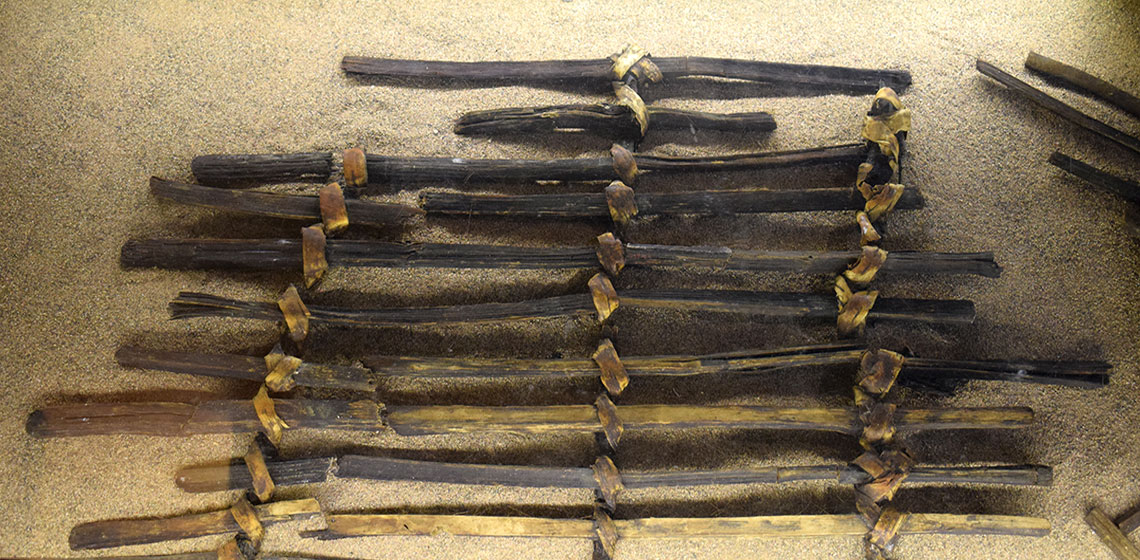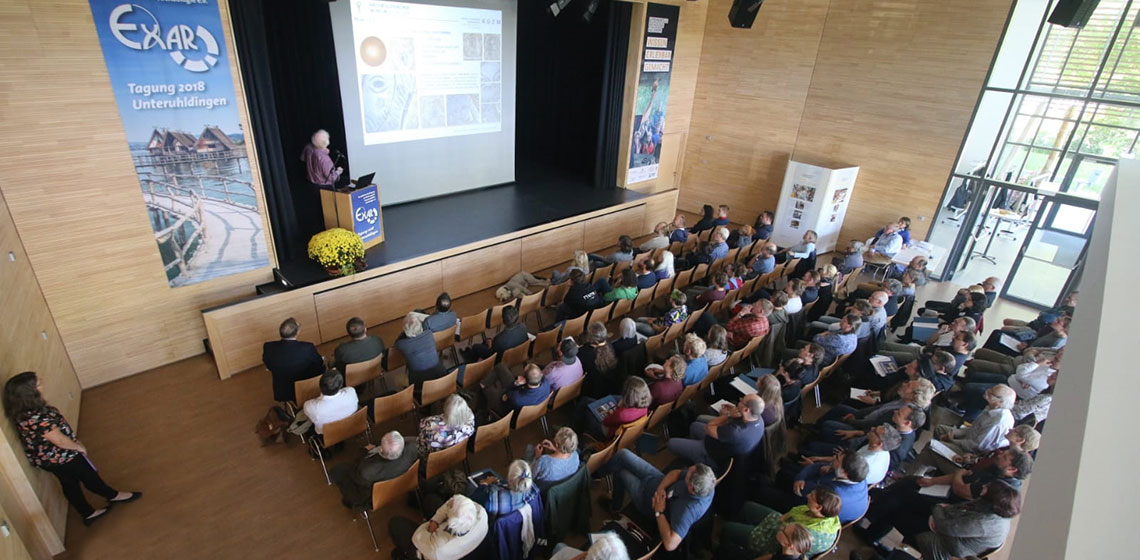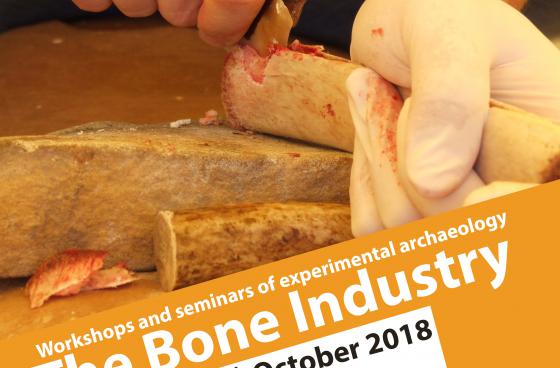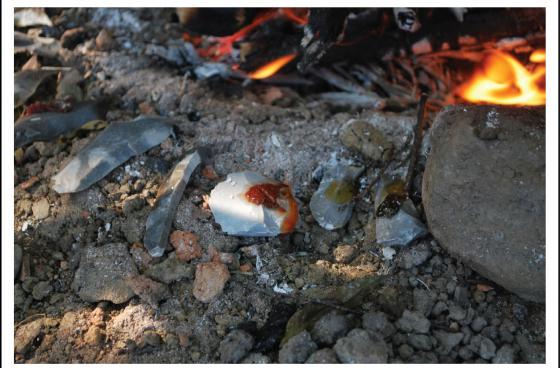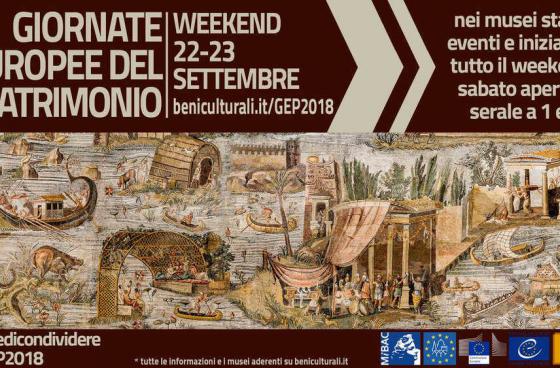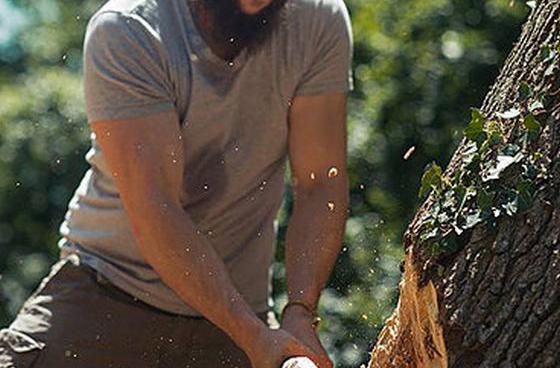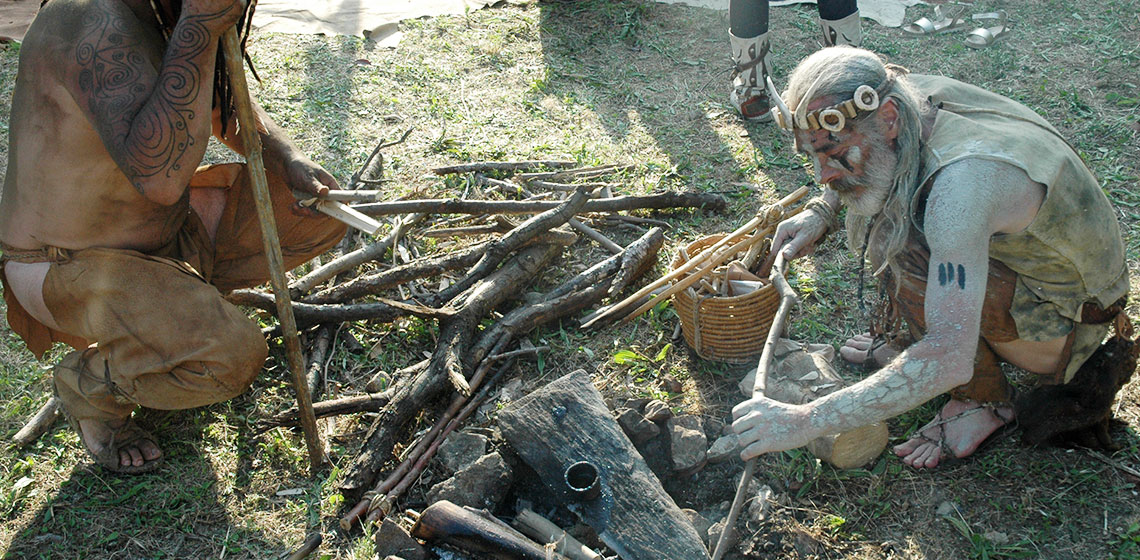Neolithic
The Construction of a Replica Section of the Middle Subneolithic Purkajasuo Lath Screen Fish Weir at Kierikki Stone Age Centre, Finland
Conference Review: 2018 EXAR Tagung in Unteruhldingen (DE)
Workshop & Seminar: the Bone Industry
Country
- Turkey
Workshops and Seminars of Experimental Archaeology
Seminar on Taphonomy
Country
- Belgium
Taphonomy of use-wear traces and residues on stone tools: issues and perspectives
9:00h
Taphonomy and stone tool residues: understanding processes of deposition, removal and decay (in English), by By Dries Cnuts, TraceoLab / Prehistory Liège Université
Open Day - Experimental Archaeology
Country
- Italy
On the occasion of the European Heritage Days 2018, the Asociation. Paleoes - eXperimentalTech ArcheoDrome o organises a day entirely dedicated to experimental archeology, aimed at both adults and children, to explain experimental archaeology, with a view to inclusion and participation.
Experimental Archaeology Course Caspe
Country
- Spain
The 15th Experimental Archeology Course is celebrated this year 2019 between September 13 and 17. The place is the Student Residence "Florencio Repollés", located in C / Sástago s / n, in the Bajoaragonesa town of Caspe (Zaragoza, Spain).
Treewright Weekend
Country
- United Kingdom
Treewright is a modern translation of the Old English treowwyrhta. The treewright's job was to manage and convert wood into timber, through splitting, hewing and dressing the raw logs using wooden wedges and a variety of specialist axes.
Conference Review: Paleofestival, La Spezia, 2018
Prehistoric & Medieval Culture Fair
Country
- Czech Republic
Food, that magic word. Today it's so easy to get it, just visit the nearest supermarket or restaurant. But how did people eat earlier? What did all the living in the prehistoric and the Middle Ages mean? Tradespoeple from far distant counties go back thousands of years to the Krumpenowe Krupka Village - this time to hold the Pasta past. Come with them to taste their history!

